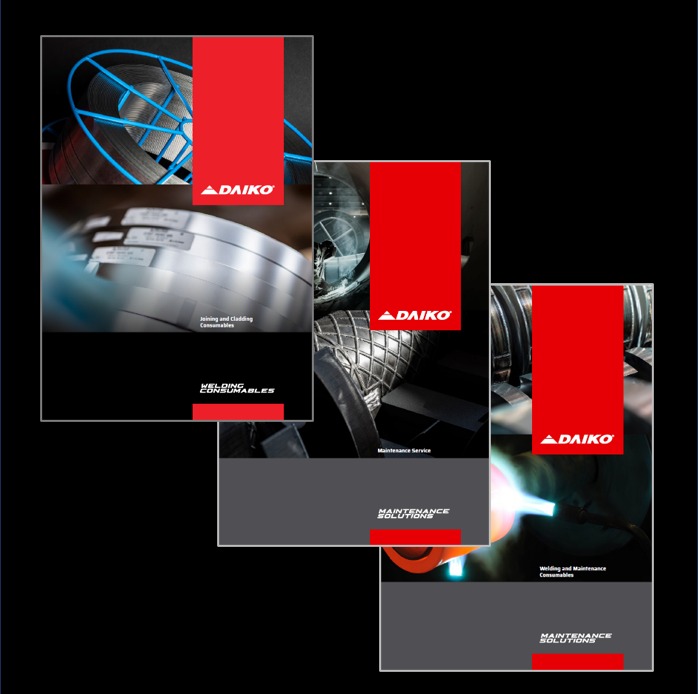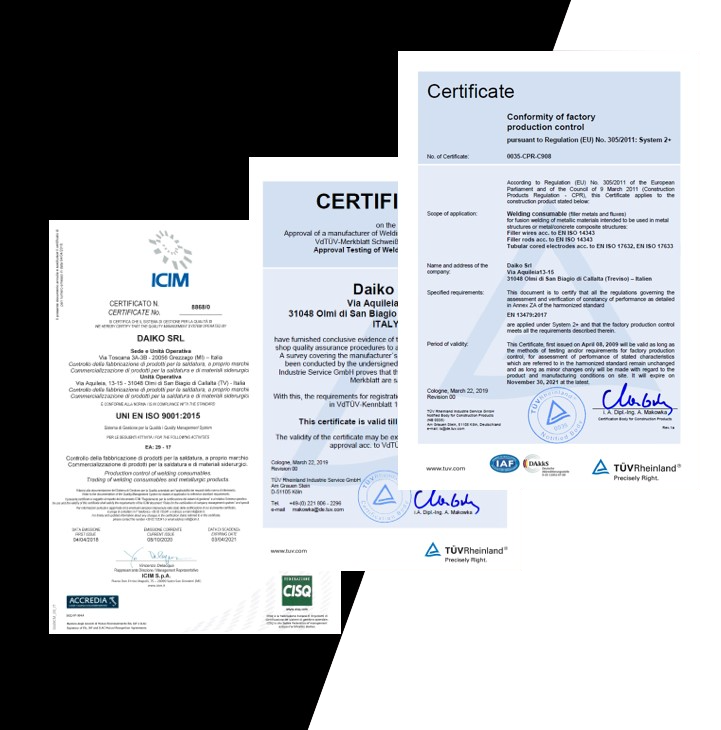420
Application
Sharing similarities with ER410, this alloy distinguishes itself through a slight increase in both chromium and carbon contents. Its utilization extends to a myriad of surfacing operations where a combination of corrosion resistance (attributed to its 12 percent chromium composition) and augmented hardness for heightened wear resistance is paramount. This alloy finds its primary application in surfacing the sealing faces of valves employed in gas, water, and steam piping systems, especially under service temperatures reaching up to +450 °C. Beyond this, its versatility encompasses various applications, including welding similar parental metal, weld overlay, thermal spraying, and the cladding of continuous casting rolls. Remarkably, if the envisaged application demands the use of parts in the "as-welded" condition, achieving a ductile joint is entirely feasible. This is achieved through the application of austenitic fillers, with options such as 22 12 L/309, 18 8 Mn/307, or 25 20/310 proving suitable for this purpose.
Alloy Type
Ferritic martensitic stainless steels.
Microstructure
The
microstructure comprises tempered
martensite and some carbide.
Materials
Corrosion resistant Cr-steels as well as other similar-alloyed steels with C-contents
≤ 0.30 % (repair welding), heat resistant Cr-steels of similar chemical composition.
EN W.Nr.: 1.4006 (X12Cr13), 1.4021 (X20Cr13), +
ASTM: 410, 420.
EN W.Nr.: 1.4006 (X12Cr13), 1.4021 (X20Cr13), +
ASTM: 410, 420.
Welding & PWHT
Implementing pre-heating and meticulous interpass temperature control during welding, coupled with a deliberate and gradual cooling process followed by Post Weld Heat Treatment (PWHT), serves as effective preventive measures against cracking. For joint welding, a recommended preheating temperature of +200 – 300 °C is advisable, the specific value depending on the alloy type and strength levels. Correspondingly, the interpass temperature should be maintained within the same range. Ensuring an optimal heat input is crucial, avoiding extremes with a recommended range of 0.5 – 1.5 kJ/mm. The hardness of the deposit is contingent upon the degree of dilution with the base metal and its chemical composition. Generally observed is the correlation where higher degrees of dilution and higher C-content in the base metal result in increased deposit hardness. Post-weld heat treatment becomes a requisite to reinstate ductility to the weld zone. This involves tempering at temperatures ranging from +700 – 750 °C, a process aimed at enhancing the toughness of the welded structure. This comprehensive approach guarantees the mechanical integrity and performance of the welded joints.
Products of the line 420
| Product name | Process | AWS specifications | EN ISO specifications | |
| DAIKOWT 420B | GTAW |
AWS A5.9
ER420 |
EN ISO 14343-B
SS420 |
|
| DAIKOWT 420C | GTAW |
AWS A5.9
ER420 |
EN ISO 14343-B
SS420 |
|
| DAIKOFCW 420 | FCAW | - |
EN ISO 14700
T Fe 8 |
|
| DAIKOWM 420B | GMAW |
AWS A5.9
ER420 |
EN ISO 14343-B
SS420 |
|
| DAIKOWM 420C | GMAW |
AWS A5.9
ER420 |
EN ISO 14343-B
SS420 |
|
| DAIKOWS 420B | SAW |
AWS A5.9
ER420 |
EN ISO 14343-B
SS420 |
|
| DAIKOWS 420C | SAW |
AWS A5.9
ER420 |
EN ISO 14343-B
SS420 |


